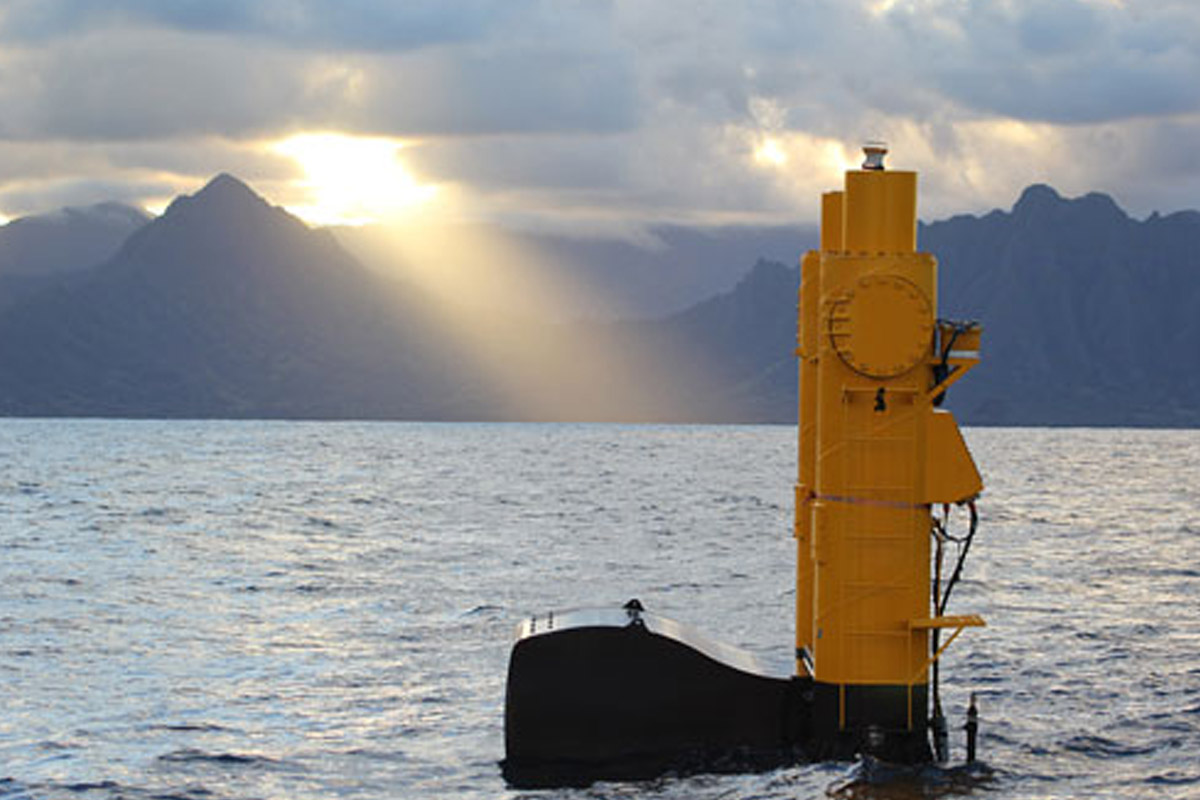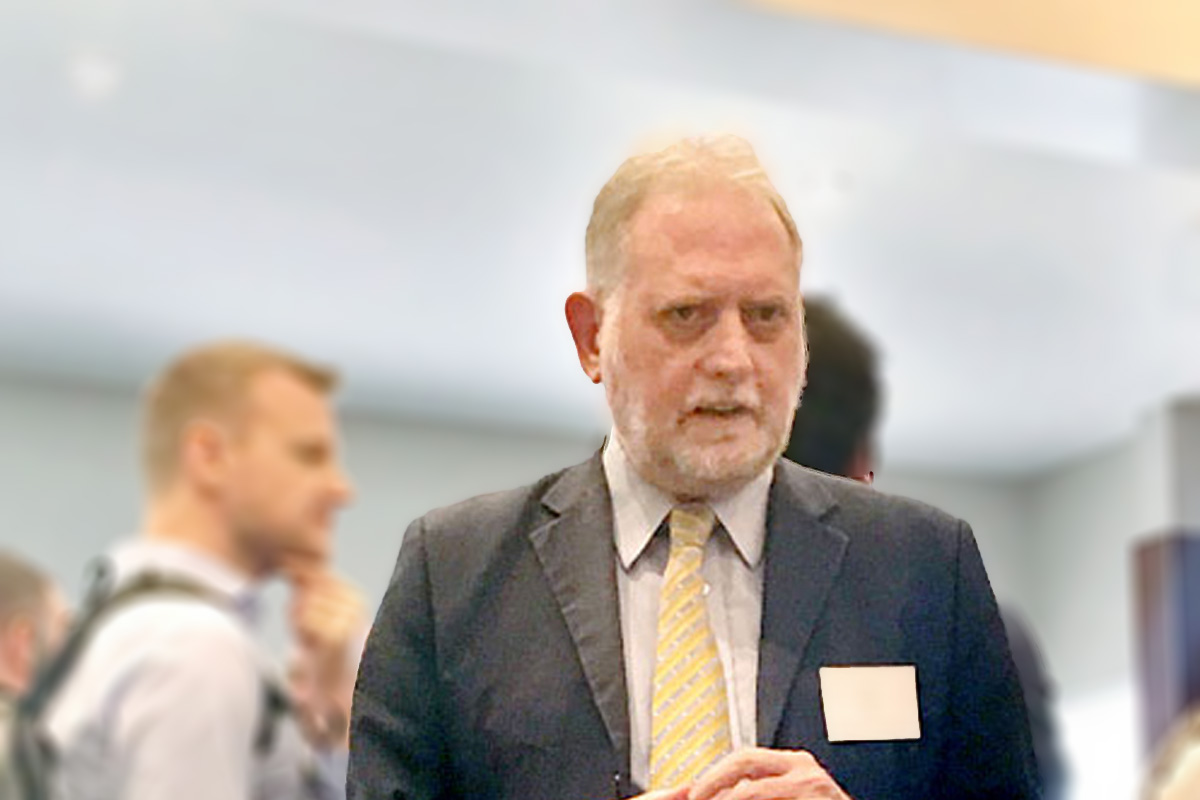HERA member EHL provided the basis for US energy innovator Northwest Energy Innovations’ wave energy device, which was successfully deployed at the US Navy Wave Energy Test Site (WETS) near Kaneohe Bay, Oahu, Hawaii.
The device, called Azura, will be deployed for 12 months of grid-connected testing as part of a rigorous programme to commercialise the Azura technology. The 45-ton Azura absorbs wave energy — from both up-and-down and side-to-side motion — and converts it to electricity. It is the first design of its kind — other projects haven’t incorporated this 360-degree motion, according to the company. The data will also be used to validate computer simulations to support commercialization of the Azura technology.

Wave and tidal power is slowly gaining traction. Last year, Lockheed Martin was hired to help build what will be the world’s largest wave energy project — a 62.5 megawatt (MW) project off Australia’s southern coast that will have the capacity to power 10,000 homes. A 320 MW tidal project is also under consideration off the coast of Wales. HERA is at the forefront of bringing such technologies to NZ and creating the business opportunities that ensue.
EHL hopes to get funding for a full-scale commercial device, and in the meantime they are working with a few private buyers interested in smaller devices. The 20-kilowatt Azura project will continue testing for a year. If all goes well, it will be expanded for commercial use, between 500 kilowatts and 1 MW.
“It’s a big step but we are going to make it,” said EHL Group Business Development Manager Armin Howard.
The big step being EHL’s goal of developing a billion dollars’ worth of wave energy arrays over the next fifteen years.
“While that sounds a lot,” he said, “In context, that’s only 15 to 20 devices a year and our focus right now is on niche applications.”
EHL along with their US joint Venture partner have become the first wave energy device developers to feed electricity into the US grid with the device being developed here in New Zealand.
The current development and testing has been funded by the companies involved with support from the US Department of Energy and an application has been made to Callaghan Innovation to support their R&D activities.
Recent economic modelling has shown that Marine energy could be a $1.3 billion per annum export industry for New Zealand by 2030 making it an important part of our countries high value manufacturing future.
